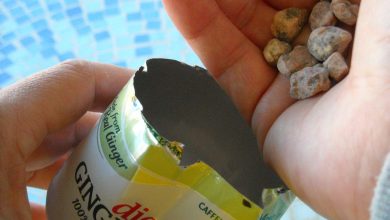How to teach a dog to follow a sequence of commands
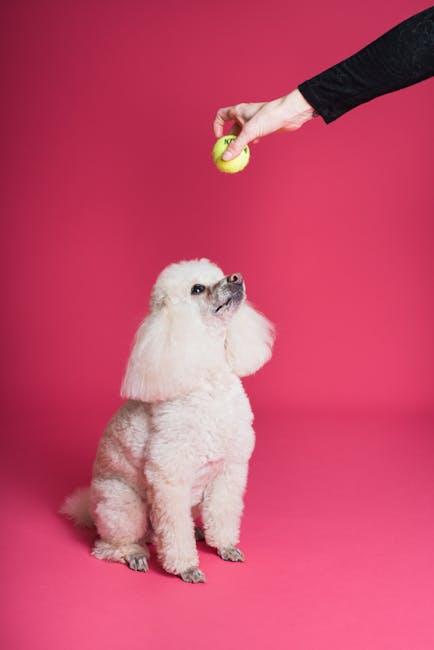
Teaching a dog to follow a sequence of commands is an essential skill that can enhance the bond between you and your canine companion, while also ensuring their safety and improving their behavior. Whether you are a seasoned dog owner or a novice pet parent, understanding the principles behind command training can transform your approach to dog training. This article aims to guide you through the process of teaching your dog to follow a sequence of commands, offering step-by-step instructions, practical tips, and insights into canine learning behavior. By mastering this skill, you will not only enrich your dog’s life but also create a more harmonious and responsive relationship.
Understanding the Basics of Dog Training
Training your dog to follow a sequence of commands involves building a strong foundation with basic obedience and gradually introducing more complex tasks. Start by ensuring your dog is familiar with individual commands such as sitting, staying, and coming. Consistency is key, so practice these commands regularly in a distraction-free environment.
- Use Positive Reinforcement: Reward your dog with treats, praise, or playtime when they successfully complete a command.
- Break Down the Sequence: Teach each command separately before combining them into a sequence. For example, practice “sit” until your dog performs it reliably, then move on to “stay.”
- Practice Patience: Gradually increase the complexity of the sequences, adding one new command at a time. Ensure your dog is comfortable and confident with each step.
- Repetition and Consistency: Regularly practice the sequence to reinforce learning and improve your dog’s ability to remember the order of commands.
- Stay Calm and Encouraging: Dogs respond well to a positive tone. Avoid showing frustration if they struggle; instead, guide them gently back to the correct behavior.
By systematically building on basic commands and reinforcing them with positive experiences, your dog will not only learn to follow a sequence but also enjoy the training process. This approach strengthens the bond between you and your furry friend, ensuring training sessions are both effective and enjoyable.
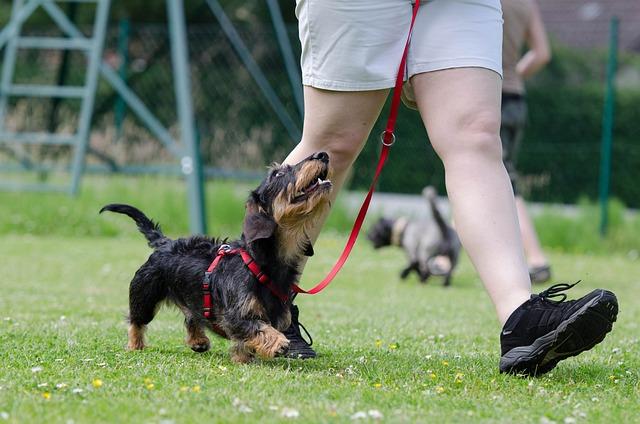
Building a Strong Foundation with Simple Commands
Training your dog to follow a sequence of commands begins with establishing a strong foundation through the use of simple commands. Consistency and patience are key elements in this process. Start by teaching basic commands such as “sit,” “stay,” and “come.” These form the building blocks for more complex sequences. To reinforce learning, ensure that each command is clear and consistent, using the same word and tone each time. Practice regularly in a distraction-free environment before gradually introducing more stimuli.
- Keep sessions short: Dogs have a limited attention span, so limit training sessions to 5-10 minutes.
- Use positive reinforcement: Reward your dog with treats or praise whenever they successfully follow a command.
- Be patient: Every dog learns at their own pace. Avoid frustration, as it can hinder progress.
- Practice makes perfect: Regular practice helps reinforce commands and improves your dog’s ability to remember them.
Once your dog is comfortable with basic commands, you can start linking them together to create a sequence. For example, practice “sit” followed by “stay” and then “come.” Over time, your dog will learn to anticipate and execute the sequence smoothly. Remember, a strong foundation in simple commands is essential for effective training and a well-behaved companion.
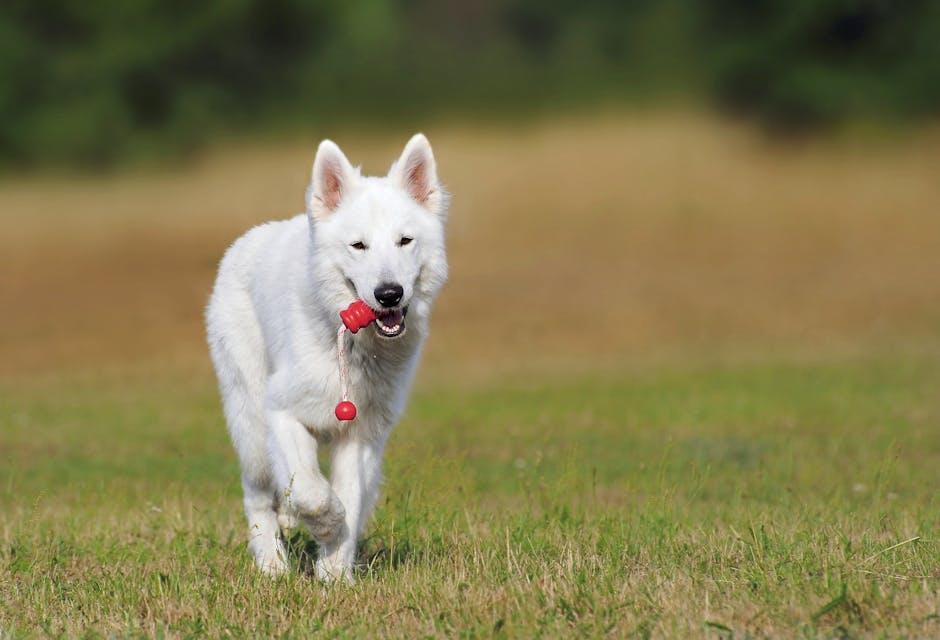
Implementing a Step-by-Step Training Sequence
To effectively teach your dog to follow a sequence of commands, it’s crucial to break down the training process into manageable steps. Start by introducing each command individually, ensuring your dog understands and responds consistently before moving on. Use positive reinforcement techniques, such as treats or praise, to reward successful execution. Once your dog is comfortable with each individual command, begin to combine them into a short sequence. Consistency and patience are key; practice regularly but keep sessions short to maintain your dog’s interest.
When building the sequence, consider the following tips to enhance learning:
- Visual Cues: Use hand signals along with verbal commands to reinforce understanding.
- Environment: Begin in a quiet, distraction-free area and gradually introduce more distractions as your dog improves.
- Repetition: Regular practice solidifies learning; aim for short, frequent sessions.
- Patience: Progress may be slow, but patience will yield better results in the long run.
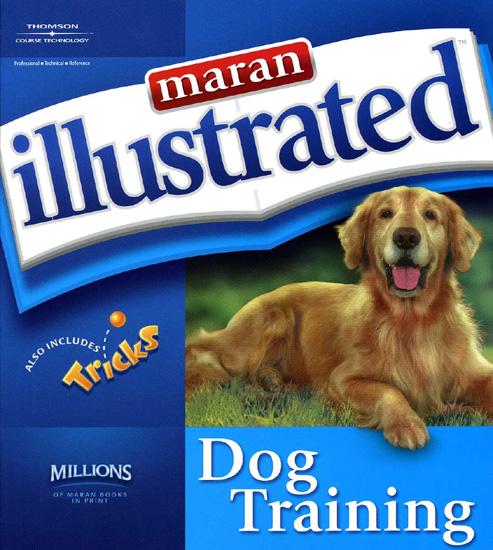
Reinforcing Commands with Consistency and Patience
To ensure your dog reliably follows a sequence of commands, it’s crucial to embed these instructions into your training routine with consistency and patience. Consistency means using the same commands and gestures every time, helping your dog to clearly understand what is expected. Establish a routine by practicing at the same times each day and in various environments to reinforce the learning process.
Patience is equally important. Remember that each dog learns at its own pace. It’s normal for your pet to make mistakes or forget commands occasionally. Instead of showing frustration, gently guide them back on track. Positive reinforcement is key; reward your dog with treats, praise, or playtime when they successfully follow the sequence. Here are some tips to help reinforce commands:
- Keep training sessions short to maintain your dog’s attention.
- Gradually increase the complexity of the sequence.
- Use clear, calm, and confident tones.
- Provide breaks to avoid overwhelming your pet.
By integrating these practices into your training, you’ll create a positive learning environment that encourages your dog to follow commands with enthusiasm and reliability.


